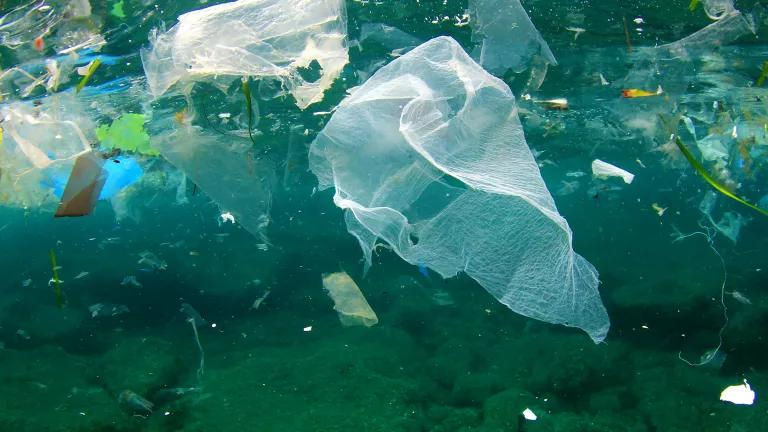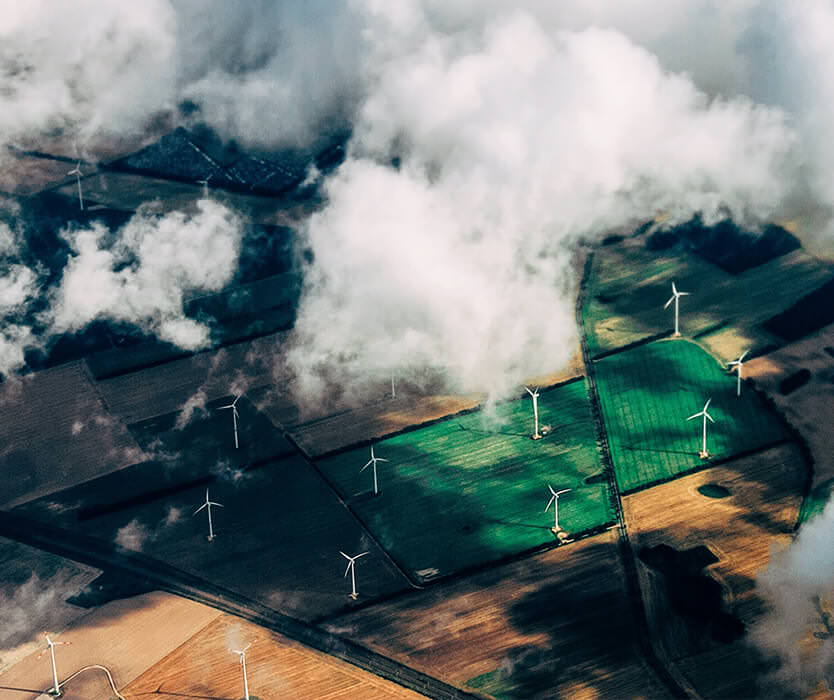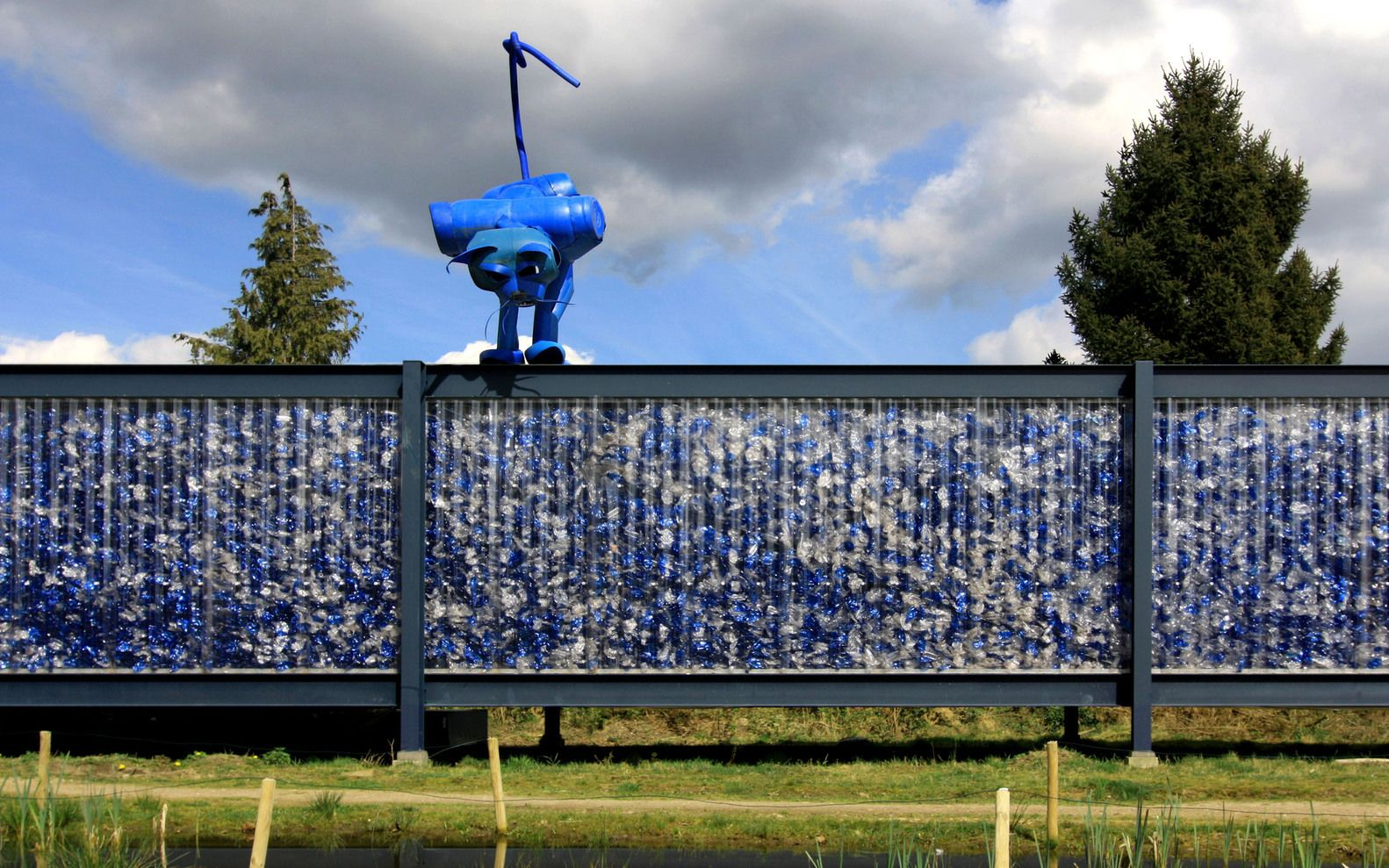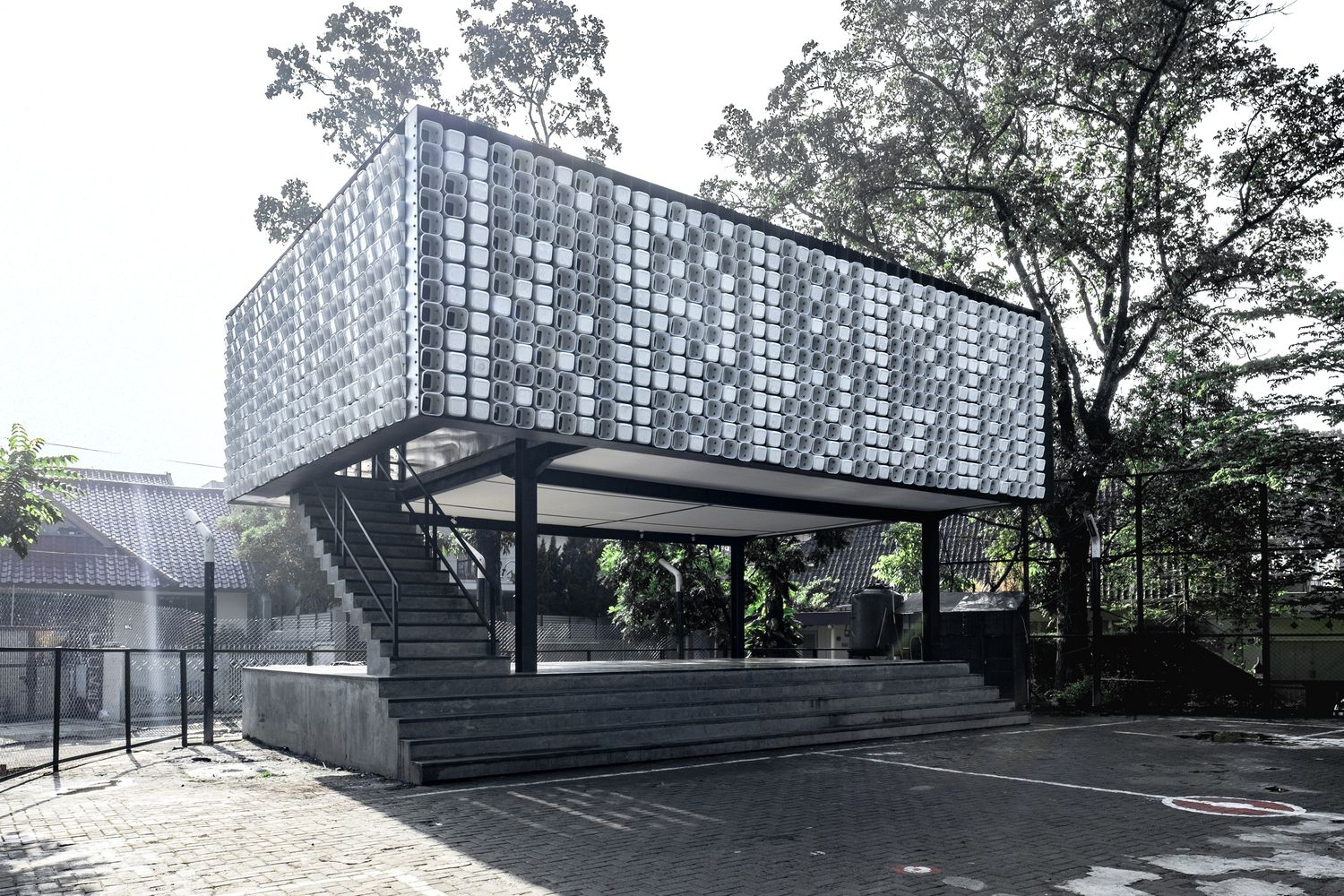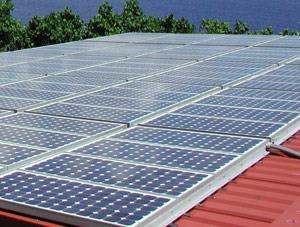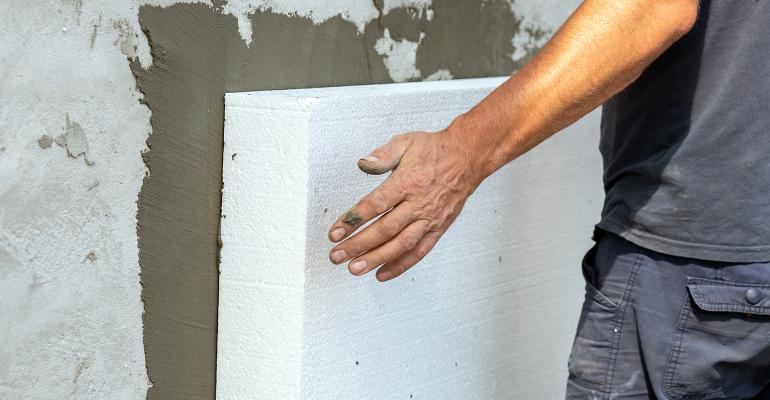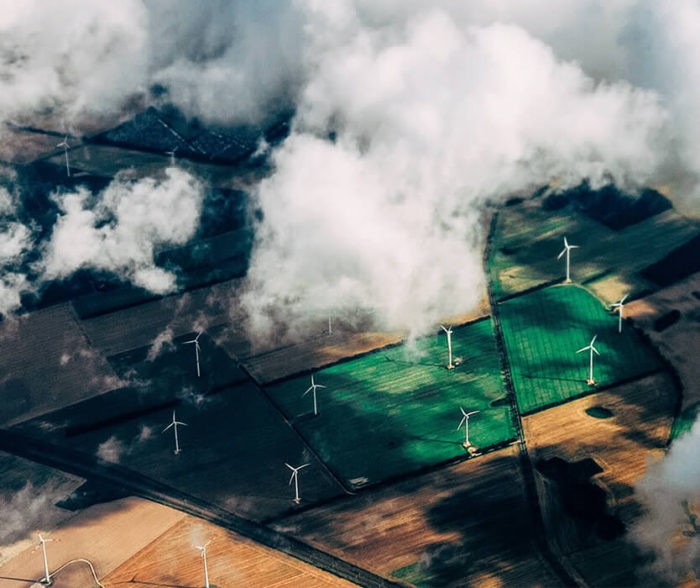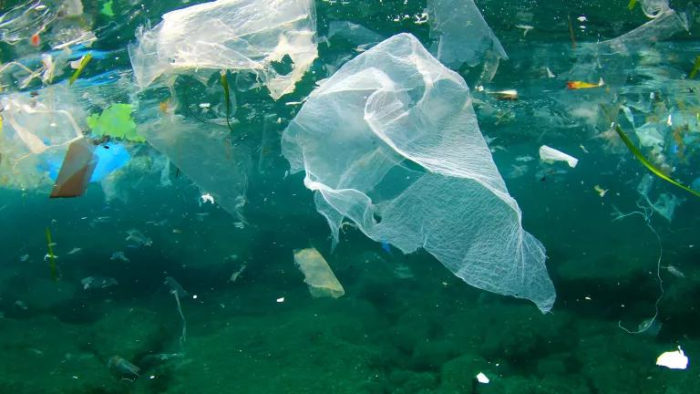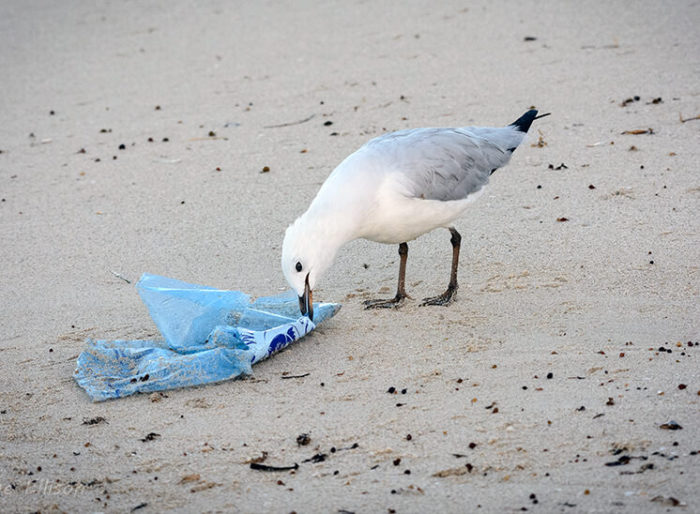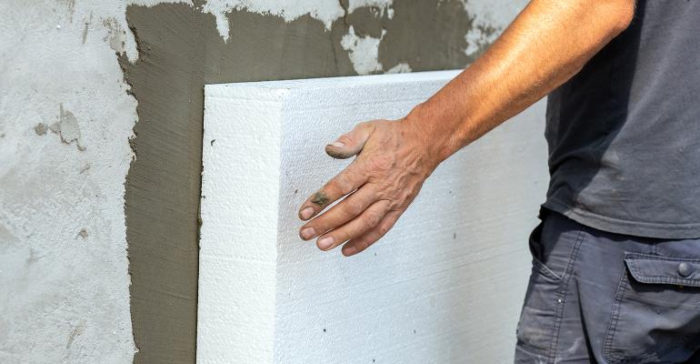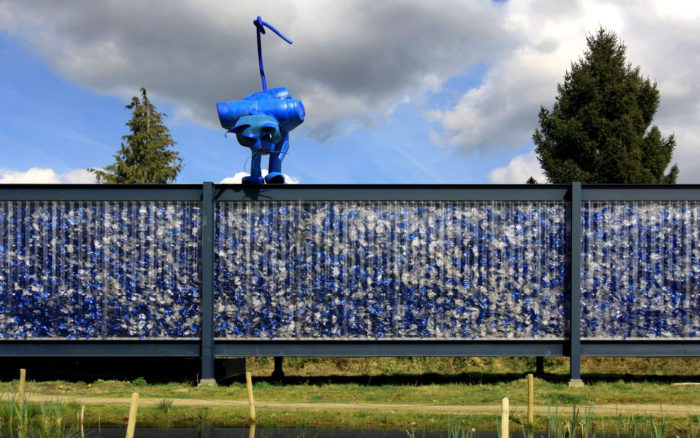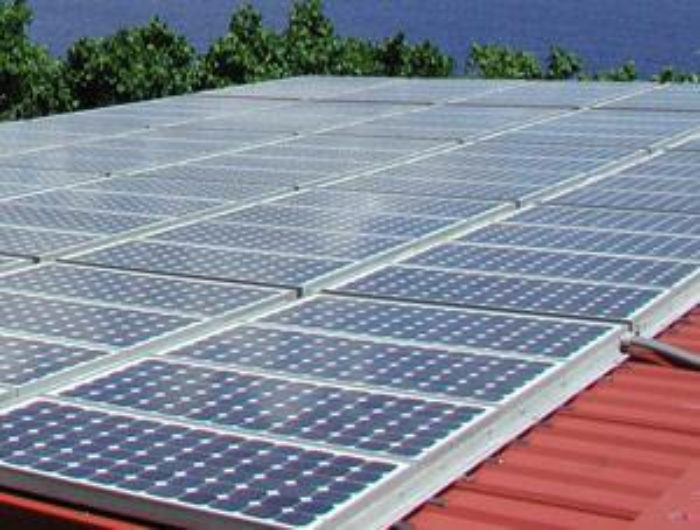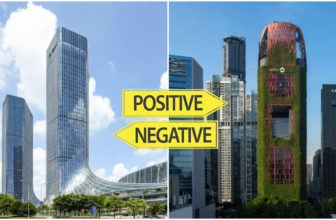This is a long-term problem, and its effects will only have to be faced by future generations. If nothing changes, scientists warn that at a rate of pollution like this, in the year 2050 there may be more plastic in the ocean than fish.
An inadvertent solution is needed to fight such a critical issue. By adopting innovation and research in this regard, scientists have been working diligently, making useful strides toward present state-of-the-art collection and plastic pollution removal technologies.
While the sound of waves is one of the most beautiful things to hear, the cruel reality is that our oceans gradually become dumping sites. Tons of floating litter—plastic being the main constituent—covers our seas and oceans. Its shocking amount, in terms of the number of plastic items equivalent to 136 billion cups of milk annually, is dangerous for marine life. Animals may thus ingest the trash because it resembles food or microplastics produced whenever larger plastic objects break apart in seawater.
What is plastic pollution?
Plastic pollution occurs when plastic waste litter the environment in a natural setting. Plastic pollution can be classified into primary plastics, such as bouts of cigarettes or plastic bottle caps, and secondary plastics, produced after primary plastics break down. There are many forms of pollution, from tiny microplastics, less than 5 mm in size, floating everywhere to larger macroplastics.
Of all the environmental problems confronting the planet, plastic pollution takes center stage. The material plastic is non-biodegradable, and most plastic materials used by humans end up in the ocean. It may take several hundred years to dissolve. As a result, this has a dangerous impact on aquatic life and humans and affects the whole health of the marine ecosystem. Our rivers and oceans are becoming mediums of transport and dumping for plastic refuse because of unintentional human functions. Such pollution causes devastation and demands intensive efforts in mitigation, recycling, and economic losses in industries as varied as tourism.
Causes of Plastic Pollution
Plastic became an overnight sensation immediately following its commercialization in the 1950s. Global production has been increasing exponentially ever since. This success is attributed to its specific features, like elasticity, affordability, mechanical strength, etc. Plastic turned out to be a perfect packaging material; it has penetrated almost every sphere of our lives and is ubiquitous in its range.
However, What Are The Factors Behind Plastic Pollution?
In a way, the prime cause is indifference. About 80% of the litter in the sea comes from land. These wastes are induced because of improper handing of household waste that is mostly mishandled, put into landfills, or emitted into the natural environment. The wind carries this refuse, mainly through rain, down drains, rivers, streams, and to the ocean. Moreover, it should be noted that natural factors, such as floods, may result in plastic degradation.
How Does Plastic Contribute To Pollution?
The consequences of this pollution extend beyond the environment, affecting land and rivers. It adversely affects wildlife and their habitats, and human health is at risk.
On The Environment: The presence of plastic waste generates chemical pollutants through various mechanisms. These debris contain substances that can be transferred into the ecosystem upon consumption, some of which can be toxic and accumulate in the body. Furthermore, plastic bags hinder crop growth because they block field photosynthesis.
On Animals: The main effects of plastic pollution are animals entangled in nets or large debris, causing significant mortality of marine mammals, turtles, and birds. The direct result is the ingestion of plastics, affecting the food chain of the entire marine ecosystem.
On Humans: Plastic can prove to be harmful to human health because of the chemical additives used in the production process of plastic. The toxic chemicals, when exposed to plastics, can provoke a number of health issues, even those as serious as cancer and birth defects, reduced immunity, and many more.
What Are Solutions For Plastic Pollution?
Apart from making a critical, essential first step at cleaning up our oceans, which is not in any way a solution, it is in changing our mindset and attitude towards this controversial yet undeniably very useful material that the most effective plastic pollution solution lies.
Reduce
Unless we are actively lessening plastic use, personal habits in daily life cannot be effectively reduced. Just that involves changing our daily habits to replace plastic by alternatives and using plastic only when necessary.
Reuse
While plastics are found to be pollutants by way of bad handling methods, it is also important to note that they have several advantages including being sustainable. Most plastic materials are either reusable or can be recycled into other forms although before the dumping of plastic material, there is a need to consider if the material is recyclable.
Recycling
Plastic recycling is described as the process of collecting plastics and then reprocessing that material into another usable form to reduce plastics in the waste cycle.
Educate
Education assumes a frontline position as one of the important solutions to raising awareness and changing behavior.
What Are The Reasons For Incorporating Plastics In Architecture?
Plastic polymers have essential properties, which, individually or in combination, contribute significantly and ever-increasingly to meet our needs in the construction industry.
1. Plastic exhibits excellent strength and corrosion resistance, making it suited for long-term applications such as window pipes capable of standing for more than fifty years.
2. Plastic, in this aspect, is a good insulator against cold, heat, and sound; thus, plastic saves energy and costs by reducing noise pollution.
3. Lightness of Plastics: Because they are lightweight, they save money by reducing man-hours and the amount of heavy equipment needed—cranes and so on. They are also easier to handle, transport, and store.
4. Plastic can either be recycled or its energy recovered. The overall plastic waste recycling in the construction industry continues going up: up from 56.2% in 2010 to 57.6% in that of 2011.
5. Plastics are characterized by ease of cleaning, easy cleaning, and waterproofing, hence making them as suitable as possible for home and hospital applications where upholstery or flooring requires extensive cleaning.
Plastic components are also generally less expensive than conventional custom manufacturing compared to other materials. Plastic’s malleability allows multiple materials to be combined into a single product, simplifying manufacturing and installation.
What Is The Use Of Plastic In Architecture?
It flows down to plastic materials for an affordable, high quality, more energy efficient and eco-friendly lifestyle. Plastic can add several features, functions, and aesthetics throughout a building from the roof to the basement.

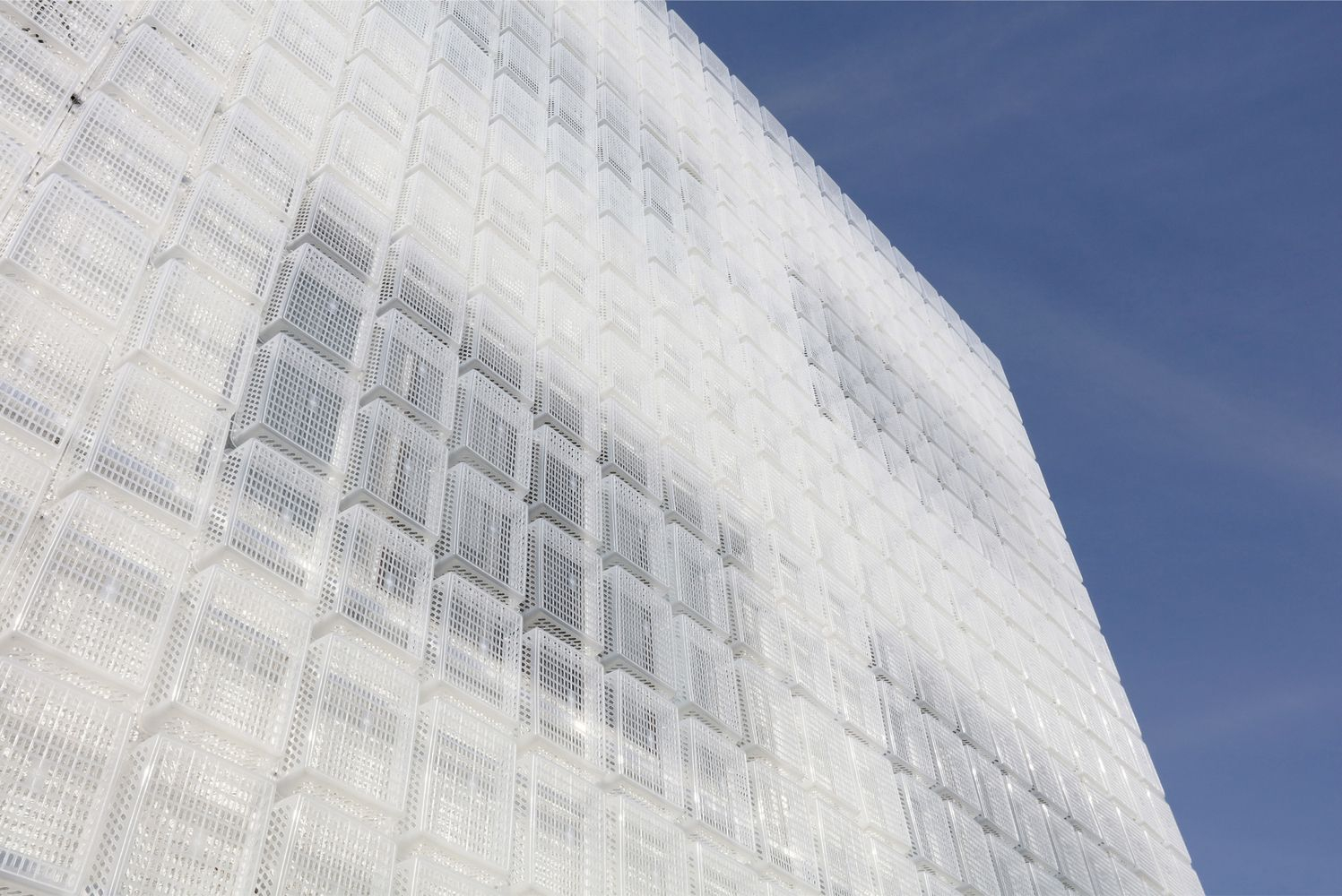
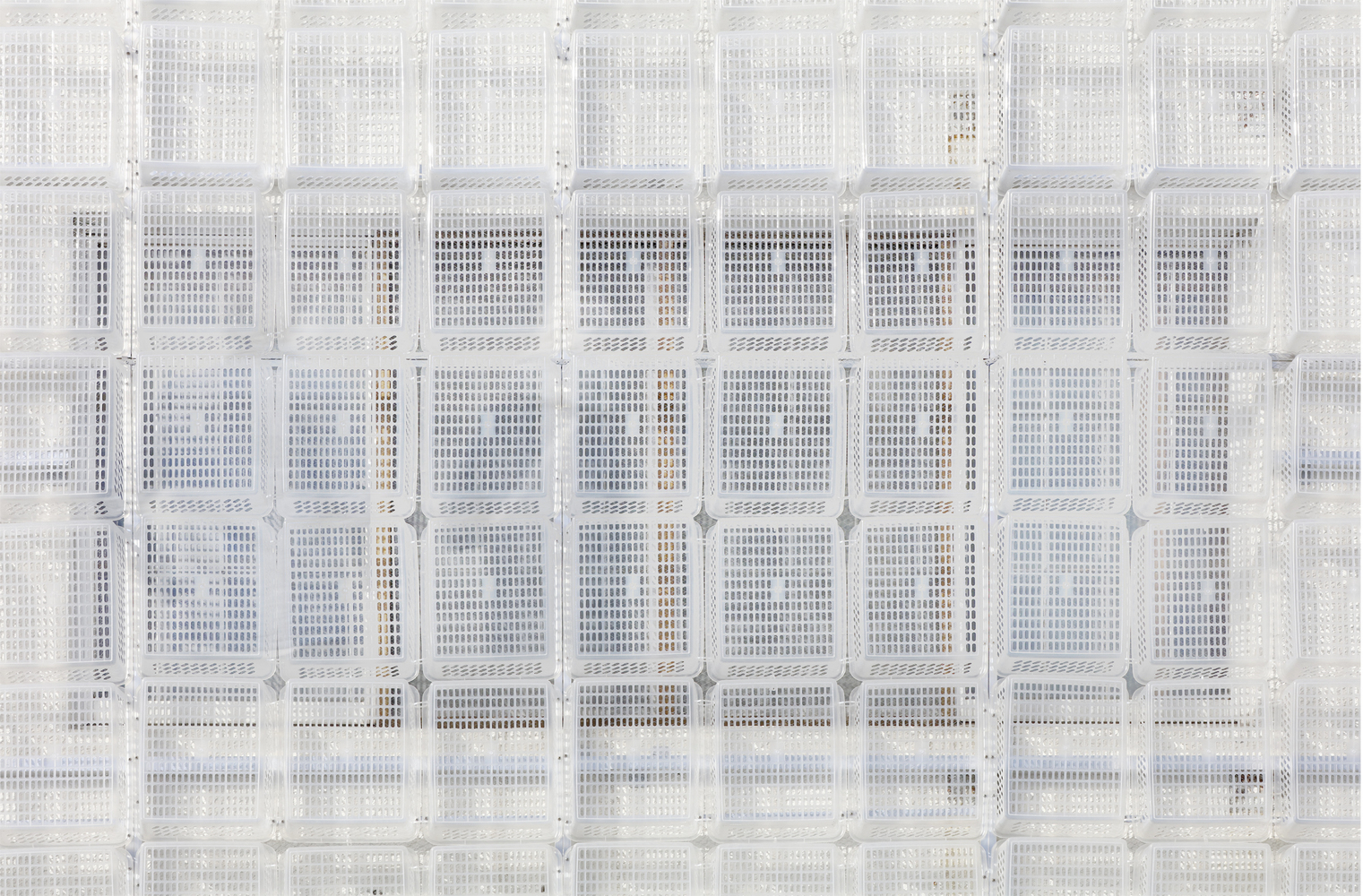
Plastics Application In The Exterior Of Buildings:
• To protect, seal, and protect the exterior façade of the building.
• To direct rainwater through gutters and drains.
• To insulate the upper part of the building.
• To design energy-efficient windows that provide airtightness and waterproofing.
• Enhance the outdoor area with landscaping.
Plastics Application In The Structure Of A Building:
• Provide insulation and soundproofing for walls.
• To protect the basement.
• To facilitate delivery of fresh water and disposal of sewage through pipelines.
• To allow oxygen circulation or heat generation by ventilation or heat recovery.
Plastics Application In The Interior Of Buildings:
• To facilitate cost-effective energy-efficient lighting.
• Paint, tiles, and cladding will be installed in residential areas, especially areas that require sanitary conditions, such as kitchens and bathrooms.
• Provide protective covers for wires and cables.
• For a wide range of products, furnishings, textiles and equipment.
Plastic Is A Sustainable Solutions For Building Insulation
The use of plastic insulation materials offers significant long-term economic and energy benefits. Over the lifetime of plastic insulation, more than 200 times the production energy is saved. In addition to using less energy, plastics are less wasteful and more space efficient. This is because many plastic coatings used in wiring in household appliances or retaining walls in buildings are easily incorporated into plastic materials that are protective, unique, and durable, making them work well throughout the life of a building.
Plastics Advantages In Building And Construction Industry
• Plastics are known for straight installation, easy installation, low maintenance, and ability to maintain good performance for decades.
• Plastic generally has a useful life expectancy of 30 to 50 years in the Construction Industry, and many plastic pipes laid over 50 years ago continue to satisfy performance demands today.
• In the construction sector, plastic serves two purposes: protecting the environment by creating many highly qualified jobs when using new green technologies, therefore able to improve competitiveness.
Improving Energy Efficiency: The Role of Plastics:
Buildings now account for some 40% of EU energy consumption, associated with greenhouse gas emissions. Thus, there is a requirement for reducing the energy consumption of buildings to match European climate change and sustainable development targets. Ideally, solutions to change the significant impact of our facilities on the environment already exist; We just have to optimize their role to make them more impactful.
Compared to other materials, the use of plastic in buildings is very low in terms of weight. However, this microorganism makes it possible to make a significant impact on energy conservation through the use of low-efficiency insulation, permanent pipes, and durable windows.
Passive Building
A passive house would be a building that can maintain comfortable indoor temperatures without actually using heating and cooling. Because of its insulation, this self-regulating quality for the house is “non-functional.” The total energy consumption of a passive home must be less than one-fourth of that of an average new construction to comply with federal energy regulations. Plastic plays an essential role in this environment, and this storage is done cost-effectively and efficiently. Although the technology used to meet this standard is modern, the no-frills house concept draws inspiration from traditional Scandinavian sod houses, which provide insulation so effective that it dries and requires little active heating or cooling.
• Special features such as thermal insulation and triple-glazed windows can reduce energy consumption by 80%.
• Plastics are among the few materials that can fulfill both functions.
• Plastic insulation saves more than 200 times the amount of energy used over its lifetime and reduces energy consumption by up to 16% compared to other insulation materials.
• Plastic acts as a repository for stored energy and, if not recycled, can be used to produce heat and energy at the end of their useful life.
The Integration Of Renewable Energy And Building Construction
Now, In Your Opinion, Is Plastic A Good Or Bad Material?
